Hip Rehab Program
GET YOUR HIP REHAB DONE RIGHT THE FIRST TIME AROUND
Our Hip Rehab program takes the professional-sports approach to rehabbing your Hip, with a proven track-record of dramatically reducing your risk of re-injury and getting you back to sport, faster.
Our Team Has Been Trusted By



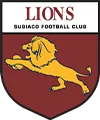


"the global average for HIP re-injury stands at 25%..."
ours is less than 1%*
Find Out Why Most Athletes Rehab Fails to Get Them Back To Pre-Injury Form, and How Our Hip Rehab Program is Defying The Global Statistics When You Watch This Video
WHY CHOOSE US?
here is why over 100 athletes chose us for their HIP rehab
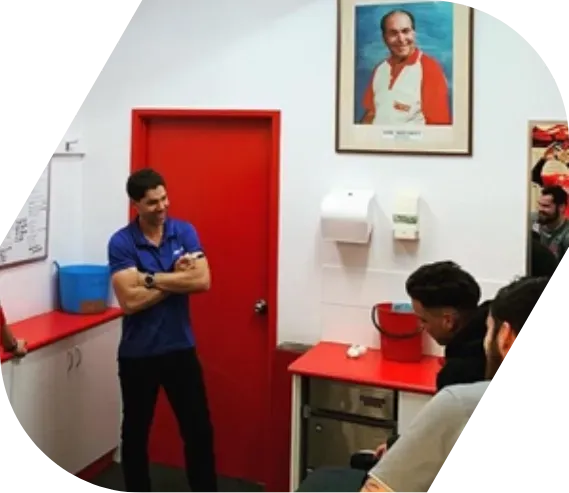
get a completely individualised HIP Rehab program that's updated every week
... Not just a few exercises on a piece of paper you get once a month.
never have to second guess if you're doing your HIP rehab right with unlimited access to our rehab coaching schedule
... with over 25 hours of rehab coaching every single week, YOU will NEVER FEEL LIKE YOU MIGHT BE doing your rehab wrong.
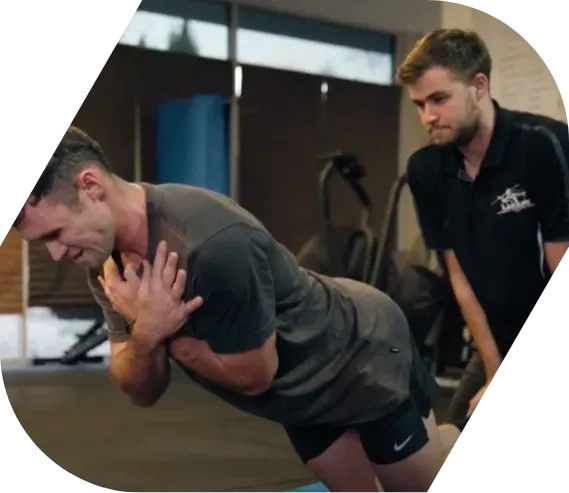
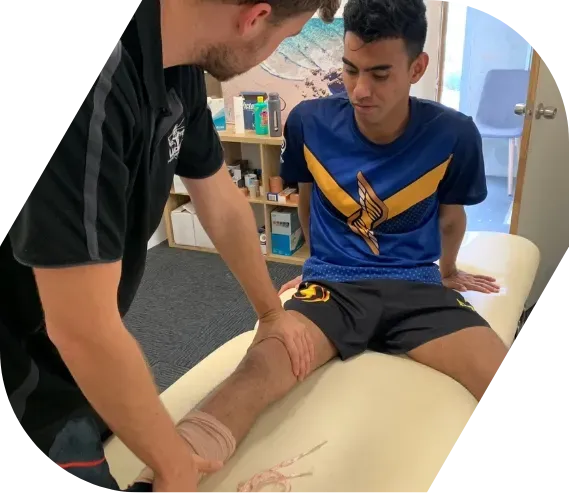
your strength, power & fitness won't have to take a backseat while you recover from your HIP injury.
... Because you'll still be training as much as you want to, getting stronger and fitter than you were before your injury.
24-7 access to your dedicated physiotherapist, so you never have to feel like your HIP progress is slowing down between sessions
Getting advice from your physiotherapist about your knee should never be something you have to wait for, so we give you 24/7 access...
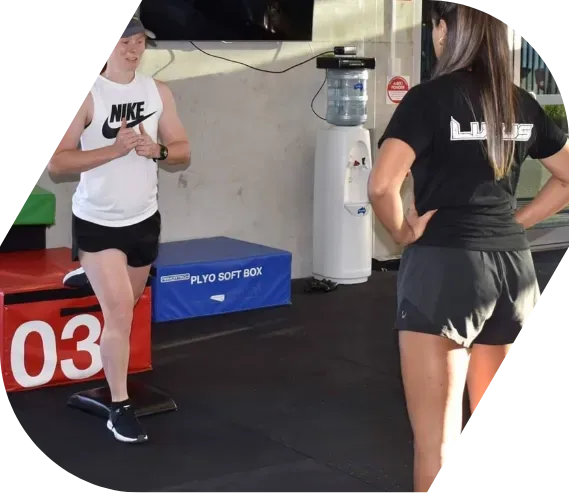
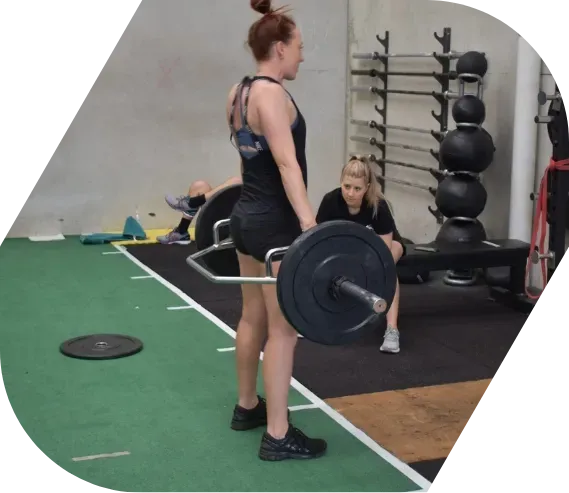
Your own FEILD-BASED coach who will be there for every run you do as you work toward your return.
... Because returning to running by yourself following a hip injury isn't just lonely... It also means you might develop inefficient or compensatory running patterns which might hold you back.
mental skills training will help make sure that headnoise doesn't get the better of you...
Because a long hip rehab doesn't just take a toll on the body, but on the mind as well.

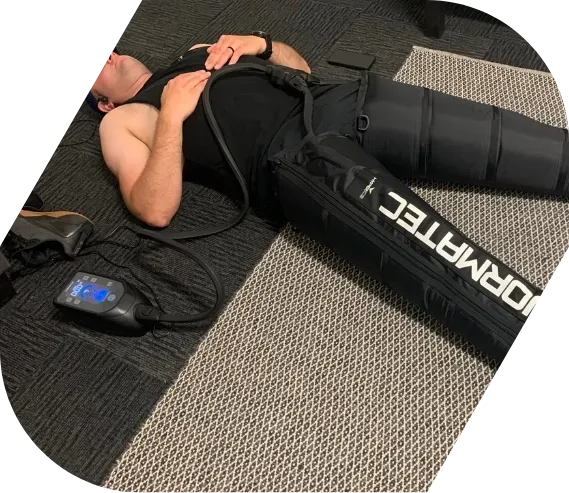
Unlimited Access To Our Recovery Zone will make sure that as your training gets harder, you recover faster.
Use our GameReady ice machines to reduce swelling and inflammation, the ice bath to enhance recovery between sessions, and the NormaTec compression boots to promote healthy blood flow again. Combined, our recovery tools make your hip rehab faster and easier.
your hip rehab success is guaranteed or your money back.
If you're not head over heels thrilled with your initial consult or our approach to your injury, we'll refund your all of the money of your initial consult... No questions asked.
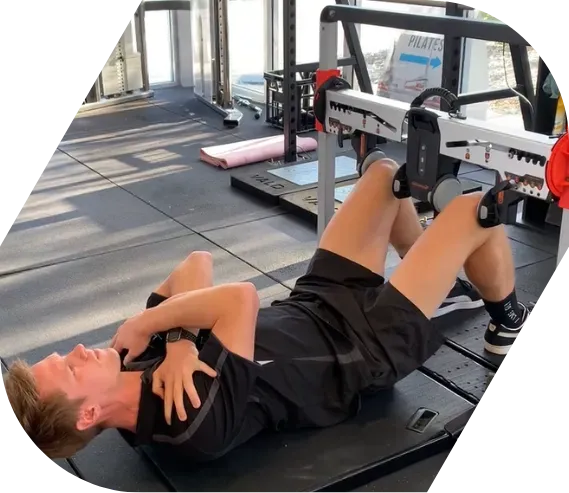
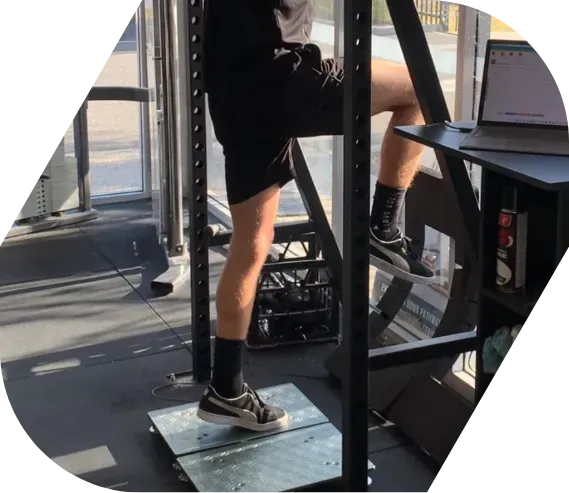
BUT THE BEST BIT? when you're surrounded by other athletes just as committed as you are to rehabbing their HIP...
Your success is inevitable.
Testimonials
HEAR WHAT MORE OF OUR ATHLETES HAVE TO SAY ABOUT THE RECONDITIONING PROGRAM
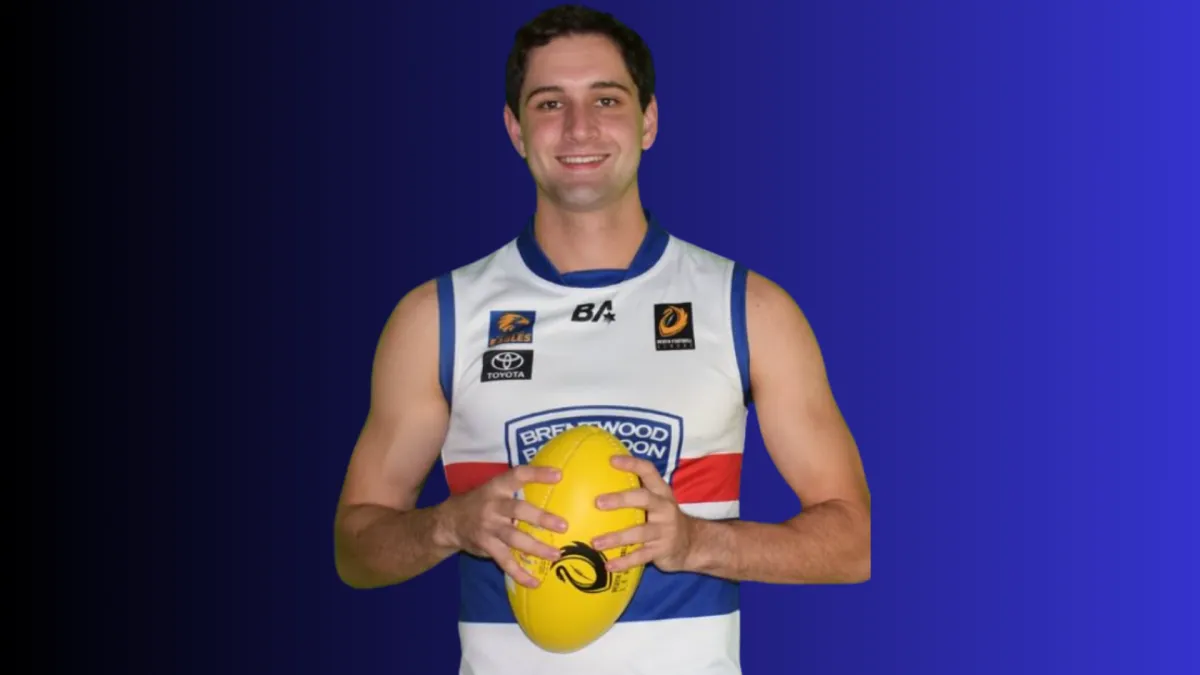
"I suffered all year from hip and groin pain. I had tried a few traditional methods like massage and dry needling but didn't really get the results I wanted. I went to see the guys at Ludus to see if they could help, and they certainly did. They got the diagnosis right and created a plan for me. It was tough trying to do it through the season but the strength and movement training really helped me and allowed me to play out the year including the grand final."
Andrew TREFRY

"I've had hip pain for quite a while now and it varies in how sore it gets. When it's really bad it stops me from playing netball. Before Ludus I didn't really no how to manage my pain properly. The guys at Ludus have helped me some much, from helping me understand what my pain is, how to manage it and how to continue to play netball."
kaya nester
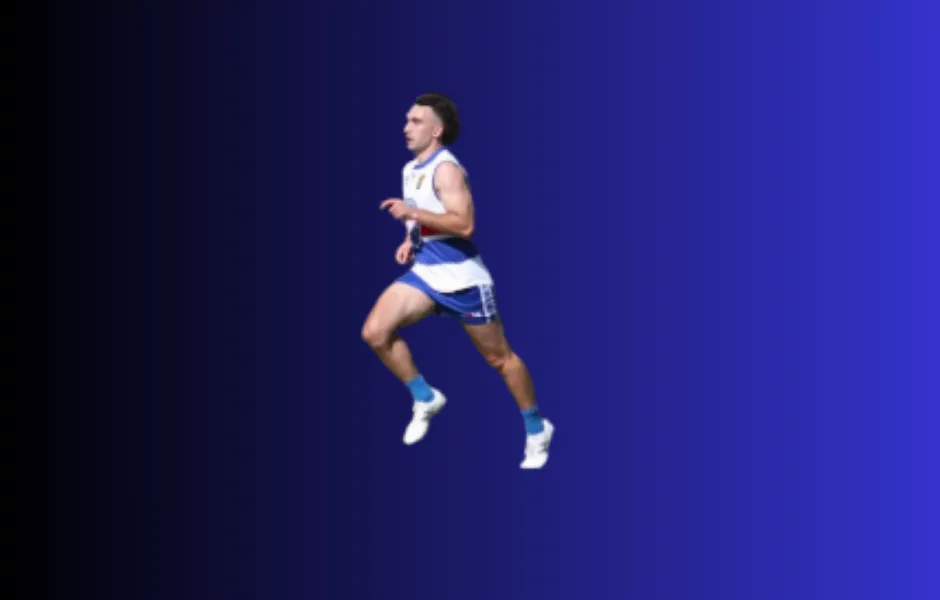
"I hurt my groin in the second or third preseason training session of the year. I haven't been able to complete a full preseason in over 7 years, so this just felt like the same thing. I went to see the guys at Ludus in the hope they could give me one last shot at a season of footy. The team were amazing. They helped me out with everything, training, rehab, nutition and confidence. I've been able to play 3 games in a row now and I feel the best I've ever felt."
DEAN BARONE
25+
TEAMS WORKED WITH
40+
YEARS OF COMBINED EXPERIENCE
500+
ATHLETES COACHED
FAQS
Frequently asked questions
All About HIP INJURY
Why are HIP re-injury rates so high?
Hip re-injury rates are high because the region is biomechanically complex, heavily loaded, and often poorly rehabbed. Here's a breakdown of why:
🔁 1. Incomplete or Oversimplified Rehab
Time-based protocols dominate (e.g., “return in 2–3 weeks”), ignoring individual tissue healing, neuromuscular control, or performance markers. Rehab often stops once pain resolves, not when the athlete is truly resilient under load.
🧠 2. Lack of Neuromuscular Reintegration
Hip injuries disrupt the kinetic chain and motor control patterns (especially pelvic stability and trunk-to-limb timing). Rehab frequently fails to retrain movement patterns like acceleration, deceleration, or frontal plane cuts.
🔬 3. Poor Load Management & RTP Criteria
Athletes return with residual strength deficits, especially in eccentric and isometric capacity (e.g., groin squeeze strength). Lack of objective testing (e.g., force plate data, asymmetry thresholds, reactive strength index) means return decisions are guesswork.
🎯 4. Hidden Dysfunction:
FAI, Capsular Laxity, Asymmetry Underlying joint pathologies (like FAI or labral issues) are often missed or ignored if pain resolves. Soft tissue restrictions, limb length asymmetries, or pelvic positioning are rarely addressed holistically.
⚠️ 5. Sport Demands Outpace Rehab Intensity Change of direction, high-speed sprinting, rotational torque, and contact loads aren't replicated in rehab. Athletes get cleared without proving they can handle sport-specific chaos.
💡 Bottom Line: Hip re-injury rates are high because we treat pain, not the problem. Rehab often misses the transition from clinical to performance. If you’re not rebuilding capacity + coordination + context-specific skill, you’re rolling the dice on re-injury.
Why are Hip injury rates increasing?
Hip injury rates are increasing because of a convergence of biomechanical, sport-specific, and systemic factors. Here's a hard-hitting breakdown:
⚙️ 1. Speed, Force & Frequency Are Up
Modern athletes are faster, stronger, and train more frequently. The hip is central to explosive movement—acceleration, cutting, rotation—so higher output = higher tissue stress. More velocity = more eccentric load on the hip complex (adductors, hip flexors, deep rotators).
🧠 2. Movement Quality Is Down
Youth athletes are specializing earlier, but with less movement variability. Poor pelvic control, lumbopelvic dissociation, and chronic anterior pelvic tilt are breeding grounds for overuse and soft tissue strain. Neuromuscular coordination hasn't caught up to force production capacity.
⛔ 3. Chronic Underpreparation for High-Velocity Demands Strength training is common, but true hip reconditioning (e.g., isometric groin strength, frontal plane resilience, deep hip control) is often neglected. Athletes are conditioned but not prepared—a critical difference.
🕳️ 4. The FAI & Labral Pathology Boom
Imaging tech has improved, but also overdiagnoses asymptomatic FAI/labral tears. Many athletes with mild structural anomalies are now red-flagged or rushed into flawed treatment plans.
🔁 5. Poor RTP Practices & High Re-Injury
As we covered, re-injury is high—each recurrence adds scar tissue, compensations, and altered mechanics. That creates a self-perpetuating injury cycle.
🧩 6. Data Is Better—And Worse
Injury reporting is more consistent in elite settings, so it looks like numbers are rising. But in amateur and youth levels, where movement literacy is worse and workloads are rising, real injury incidence is likely underreported—the iceberg is bigger than we think.
What does the research say you should do to rehab your HIP?
Research-backed hip rehab isn’t just about fixing pain—it’s about restoring strength, control, and sport-specific function. Here's what the evidence consistently supports:
✅ 1. Prioritize Isometric Strength Early
Adductors & hip flexors respond well to isometric loading, especially in early rehab. Groin squeeze tests (e.g., using a dynamometer) correlate with readiness and re-injury risk. Dosage: 5x45s holds, 1–2x/day is effective for strength without overloading.
🔹 Source: Tol et al., 2012; Serner et al., 2015
✅ 2. Progress to Eccentric & Multi-Planar Loading Eccentric exercises (e.g., Copenhagen planks, standing hip flexor eccentrics) restore tissue capacity. Lateral, diagonal, and rotational movements are critical—hip injuries rarely occur in straight lines.
🔹 Source: Shield & Bourne, BJSM, 2018; Serner et al., 2020
✅ 3. Restore Range, Especially Rotation
Limited internal rotation or flexion is a major risk factor in FAI and labral issues. Mobilize joint capsules, release soft tissue restrictions, and re-integrate that ROM into movement tasks.
🔹 Source: Agricola et al., 2013; Reiman et al., 2013
✅ 4. Rebuild Lumbopelvic Control
Hip injuries often mask core-pelvis coordination breakdown. Use reactive trunk control drills, anti-rotation work, and sprint/acceleration progressions.
🔹 Source: Chaudhari et al., 2014; Mendiguchia et al., 2013
✅ 5. Integrate Return-to-Sprint, Cut, Decelerate Rehab must transition to task-specific drills under speed, fatigue, and decision-making. Controlled COD ➝ reactive COD ➝ full chaos = the gold standard.
🔹 Source: King et al., 2020; Duhig et al., 2021
✅ 6. Use Objective Metrics
RTP should be criteria-based, not timeline-based. Tools: adductor squeeze >90% bodyweight, force plate asymmetries <10%, hop/cut test battery, GPS load matching.
What are my options to rehab HIP?
You have several effective rehabilitation options to recover from hip injuries, focusing on reducing pain, restoring strength and flexibility, and preventing re-injury. A well-structured rehab plan should be progressive, evidence-based, and tailored to the severity of the injury. By following a comprehensive, progressive rehab protocol that targets strength, flexibility, neuromuscular control, and mechanics, you can reduce recovery time and minimize the risk of re-injury.
can athletes get back to sport without doing physiotherapy?
While it is possible for athletes to return to sports without physiotherapy or strength training, this approach carries a higher risk of incomplete recovery and re-injury. Addressing the root causes of hip injuries through strength, flexibility, and biomechanical correction is essential for sustainable performance and injury prevention. If avoiding formal interventions, athletes should at least incorporate basic self-care measures and gradual progression to improve their chances of success.
how can I tell if I have a HIP injury?
Here’s how to tell if you likely have a hip injury—using a performance-first, biomechanical lens instead of just symptom-chasing:
🔍 Key Signs You Might Have a Hip Injury
1. Local Pain or Tightness Groin (adductor): pain when sprinting, cutting, or during side lunges. Front of hip (hip flexor): discomfort during high-knee sprint drills, kicking, or aggressive hip flexion. Deep hip/buttock (FAI or labral): sharp or catching pain with squats, sitting, or deep flexion/rotation.
2. Reduced Range of Motion Compare both sides. Limitations in internal rotation, flexion, or abduction are red flags. FAI often presents as pinching during 90°+ hip flexion or IR (try a deep squat test or FADIR).
3. Weakness or Inhibition
Notice decreased power or unilateral weakness in sprinting, jumping, or single-leg strength. Groin squeeze tests or resisted hip flexion can highlight significant strength asymmetries.
4. Movement Compensations
Pelvic drop or trunk lean during single-leg tasks (like lateral bounds or step-downs). Overusing lumbar spine or quads instead of glutes and hip stabilizers.
5. Post-Activity Stiffness or Inflammation
Pain or tightness after intense sessions—especially change-of-direction drills. Pain on palpation of adductor origin, iliopsoas, or deep gluteal tissues.
6. Clicking, Locking, or Catching
Especially common with labral tears or FAI. Can present as deep joint discomfort with rotation or hip flexion-extension transitions.
How long does it take for my HIP to heal before I return to sport?
Return-to-sport (RTS) from a hip injury isn’t about a calendar—it's about passing specific functional criteria. That said, here’s a research-backed timeline, plus the non-negotiable benchmarks you need to hit:
⏱️ General Timeframes (If All Goes Well)
Grade 1 Adductor/Hip Flexor Strain 1–3 weeks Light tear, quick if treated early
Grade 2 Strain 3–6 weeks Moderate tissue disruption
FAI / Labral Pain (Non-surgical) 6–12 weeks Pain management + movement retraining
Post-Surgical Labral Repair / FAI Surgery 4–6 months Depends on surgeon protocol & load tolerance
ACCESSIBILITY
Where are you located?
For hip rehab in Perth: We’re located at Unit 1/9 Malland Street in the heart of Myaree. We’re just 3 minutes walk from the Marmion St before Marr St bus stop.
What are your open hours?
Our training facility is open for coaching sessions Monday-Saturday with classes starting between 6:00 am and finishing at 7:00 pm.
For a copy of the current coaching, please reach out to us via our contact form.
Our HIP Rehab Program
How does this differ from standard physiotherapy?
The traditional approach for hip rehab revolves around session-to-session care; where you pay for a single consult, get advice, and return at agreed-upon intervals with your practitioner. Typically, the sessional approach does not support you with training and advice outside the consult, meaning you spend more time by yourself. Our approach turns that idea on its head — rather than paying each time you see us, you pay one fixed weekly cost, and you can see us as often as you'd like (some athletes are at our facility 5x per week!). This approach means that you get all the support you need, whenever you need it. This results in great hip rehab outcomes for our athletes and better support along the way.
How long does the HIP rehab program go for?
We'll support you for the length of your hip rehab and even past your return to sport date if you want us too! Typically it will take between 3 and 6 months depending on the severity of the injury.
What does your HIP rehab program include?
Our hip rehab program includes everything you need to return to sport with confidence:
Unlimited physiotherapy support and care
Unlimited coaching across 25 hours a week on the gym floor
Weekly, individualised programmin
Your own running coach to help you get back on the pitch or court
Unlimited access to recovery services, like GameReady, NormaTec compression boots, and our icebaths and sauna
All your staged exit testing using our sports science technology
Mental skills support to help you rebuild your confidence
Nutrition support to help you stay in shape and recover faster
And most importantly, a great community of other like minded athletes
I didn't see an option for online HIP rehab. Do you do that
In some cases, we do look after athletes remotely. If you live interstate or can’t make it to the facility, please reach out to us and we’ll assess if we can help. Most of the time, we’ll refer you to a coach we recommend in your city, because nothing beats coaching and accountability in the flesh. However, if you really want to work with us, we can explore that option with you, utilising telehealth, video coaching, and other remote technologies.
PRICING
What is the price for the HIP rehab program?
We value transparency in pricing. We have a simple price structure -- pay $167 per week, and get everything you need (see our full inclusions above).
If I pay upfront, do i get a discount?
Yes. When you prepay for the term, you’ll receive an additional 10% off our advertised weekly price.
I don't like direct debit (the big commercial gyms ruined it for me). What are my options?
We totally understand. Ryan worked at big commercial gyms and understands how a lot of trust has been lost with gyms and direct debit (DD) memberships. If you don’t feel comfortable setting up a DD with us, prepaying for your shoulder rehab is still an option.
Pricing
WHAT’S YOUR INVESTMENT?
sports rehab program
Unlimited Support From Our Physiotheraphy Team
$167.00/ week
Free individualised rehab program That Updates Every Single Week on our training app ($97 weekly value p/w)
Free individualised return to running program ($47 Value P/W)
Free return to run coaching out on field ($97 value p/w)
Free unlimited coaching with over 25 Hours per week ($97 value p/w)
Free 24/7 support & direct access to our physiotherapy team ($47 Value P/W)
Return to contact coaching out on field ($47 value p/w)
Free gym membership ($27 value p/w)
Free access to our recovery zone ($47 value p/w)
Free Recovery Protocols ($297 Value)
Free Master Your Mental Game Online Course ($997 Value)
Free Nutrition coaching ($97/session value)
Free Macro Rehab Plan & Goal Setting Following Our 5-Phase Rehab Model ($297 Value)
*Our re-injury rate is less than 10% in athletes that rehab with us, and continue to train with us following their return to sport. **Your statement will be sent to you so you can claim with your private health fund or sports insurance.
session-to-session pricing
60/30 mins
$167.00
Subjective Assessment
Physical Examination & Diagnosis
Individualised Treatment
Plan of Management
*Following your consultation, your private health care fund will be swiped and the gap will be charged. The best option for athletes who can't make it regularly to the facility to take advantage of our fixed-fee sports rehabilitation programs.

OUR Money Back GUARANTEE
We Are The Only Performance Facility In Perth To Put Our Money Where Our Mouth Is…
We stand by our results. If after your first performance re-assessment you haven’t improved, we’ll give you 100% of your money back. We don’t make excuses, we just get results. If you aren’t head over heels thrilled with your training experience with us, then we don’t deserve your money. Simple. There is not a stronger guarantee than this in the market.
What Makes This Program Great?

Our high-performance strength and conditioning facility
was built with the athlete in mind. When you complete your rehab with us, you'll get immediate access to every resource you need to accelerate your rehabilitation and helps you return to sport with confidence.

You'll receive round-the-clock support
from both the rehab and performance team. Unlike the traditional physio model, you'll never have to wait until 'the next available booking' to get the answers you need.

We only look after athletes
so you'll get the benefit of feeling like you're 'in the right place.' Instead of sharing a room with the elderly or officeworkers, you'll be rehabilitating alongside amateur, elite, and pro athletes all wanting to get back to doing what they love.

With a fixed weekly cost
there are never any surprises. Instead of paying for your gym membership, an individualised strength and conditioning program, weekly physiotherapy and recovery services separately, it's all included in a price that makes it affordable for almost everyone.

You'll get full access to our coaching timetable
so all your strength and conditioning, as well as your rehab runs (where applicable), will be coached by experts. You'll never have to do anything yourself (or worry you'll do something wrong), and you'll always have the support of an expert eye making sure you move well, efficiently and correctly.
STORIES OF SUCCESS
Hear Our Athletes Share Their Stories And How The Performance & Reconditioning Programs Helped Them With Their Success.

View our Schedule
When you join our Sports Rehab program, you’ll get unlimited access to our rehab coaches who will help you rebuild your strength and capacity in the gym, and, out on the field. View our schedule below.
Want to talk to our head of medical first?
We know that making a decision about where to rehabilitate your sports injury is a decision you can’t take lightly. That’s why we’d encourage you to have a no-obligation, free call with our Head of Medical services first to see how we can help. Request a call back by clicking the button below.
GYM HOURS
Monday- Thursday 6am-8pm
Friday 6am-7pm
Saturday 8am-11am
CONTACT US
Unit 1/9 Malland Street, Myaree
[email protected]
Website & Marketing Powered By Gymini

